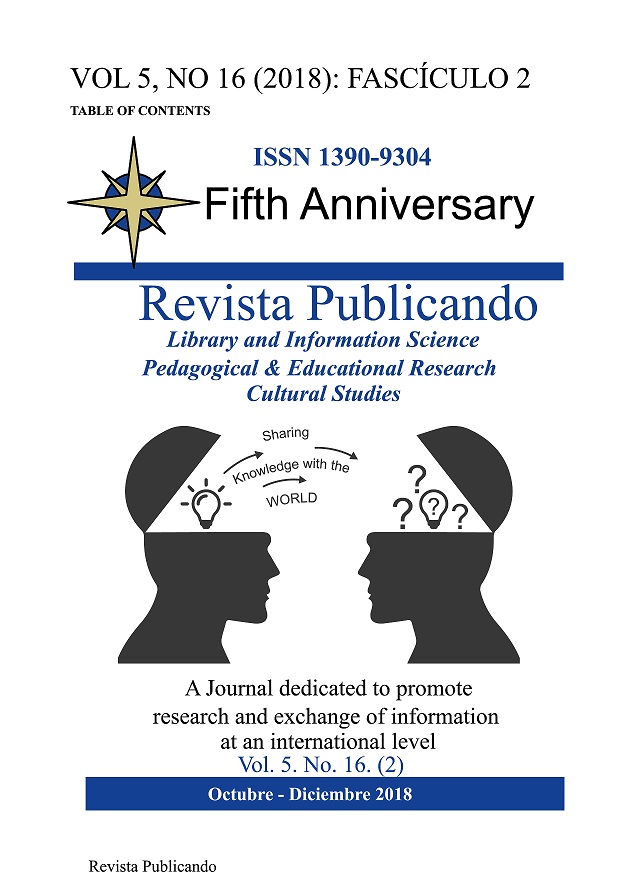Resumen
Over the past two decades, orthodontists have performed many studies on facial profiles and the results of these studies have emphasized the use of profile view to detect orthodontic malocclusions. Some studies consider lateral cephalometric radiography (LCR) as the best method to examine the profile view. It is about a century that lateral cephalometry was introduced and then used as a standard instrument for diagnosis and treatment of orthodontic treatment. Today, it is also necessary to use it in the orthodontic treatment. Cephalometric tracing or template method is used as the standard lateral cephalometric assessment method. Tracing is done because it reduces the amount of information on the film to a considerable extent and prepares cephalograms for subsequent analyzes. Despite the fact that LCR is already prescribed prior to orthodontic treatments in many European countries, very few orthodontic treatments are based on data from cephalometric analysis.The purpose of this study was to determine the validity and reliability of visual inspection of the LCR in determining dento- skeletal characteristics.Referencias
Leonardi R, Giordano D, Maiorana F. An evaluation of cellular neural networks for the automatic identification of cephalometric landmarks on digital images. BioMed Research International. 2009;:7171021-12.
Elsasser WA. A cephalometric method for the linear analysis of the human profile. American Journal of Orthodontics. 1957;43(3): 192-209.
R Sadykova, B Turlybekov, U Kanseitova, K Tulebayeva. (2018). Analysis of research on Foreign Language Translations of the Epopee «The Path of Abay » Opción, Año 33, No. 85 (2018): 362-373.
Wall B, Kendall G, Edwards A, Bouffler S, Muirhead C, Meara J. What are the risks from medical X-rays and other low dose radiation?. The British journal of radiology 2006;79(940).285-94.
Durao AR, Pittayapat P, Rockenbach MIB, Olszewski R, Ng S, Ferreira AP, et al. Validity of 2D lateral cephalometry in orthodontics: a systematic review. Progress in orthodontics. 2013;14(1):1.
Proffit WR, Fields Jr HW, Sarver DM. Contemporary orthodontics: Elsevier Health Sciences;2013.184p.
Smektala T, Jedrzejewski M, Szyndel J, Sporniak-Tutak K, Olszewski R. Experimental and clinical assessment of three-dimensional cephalometry: A systematic review. Journal of Cranio-Maxillofacial Surgery. 2014;42(8):1795-1801.
JVV Antúnez (2016). Hipótesis para un derecho alternativo desde la perspectiva latinoamericana. Opción 32 (13), 7-10.
Takada K, Sorihashi Y, Stephens CD, Itoh S. An inference modeling of human visual judgment of sagittal jaw-base relationships based on cephalometry: Part I. American Journal of Orthodontics and Dentofacial Orthopedics. 2000;117(2):140-47.
Walter S, Eliasziw M, Donner A. Sample size and optimal designs for reliability studies. Statistics in medicine. 1998;17(1):101-10.
Landis JR, Koch GG. The measurement of observer agreement for categorical data. Biometrics. 1977;74:159-74.
Gaddam R, Shashikumar H, Lokesh N, Suma T, Arya S, Shwetha G. Assessment of Image distortion from Head Rotation in lateral cephalometry. Journal of international oral health: JIOH. 2015;7(6):35.
Oh S, Kim C-Y, Hong J. A comparative study between data obtained from conventional lateral cephalometry and reconstructed three-dimensional computed tomography images. Journal of the Korean Association of Oral and Maxillofacial Surgeons. 2014;40(3):123-9.
Perseo G. A well known modified lower face profile analysis for all ethnic types and its contribution to cephalometric skeletal classes. Virtual Journal of Orthodontics [serial online]2002.; May 15;4(3):Available from URL: http://www.vjo.it/043/kpfm.htm
Miyajima K, McNamara JA, Kimura T, Murata S, Iizuka T. Craniofacial structure of Japanese and European-American adults with normal occlusions and well-balanced faces. American Journal of Orthodontics and Dentofacial Orthopedics. 1996;110(4):431-8.
Naranjilla MAS, Rudzki-Janson I. Cephalometric features of Filipinos with Angle Class I occlusion according to the Munich analysis. The Angle Orthodontist. 2005;75(1):63-8
Hurmerinta K, Rahkamo A, Haavikko K. Comparison between cephalometric classification methods for sagittal jaw relationships. Eur J Oral Sci 1997; 105: 221-27.
Nagimovich B.N., Nasimovna K.C., Peculiarities of consumer innovations and the necessity of formation of management tools, oriented for the future consumer, Astra Salvensis - review of history and culture, No. 10, 2017, p. 167-177.
Lysanov D.M., Karamyshev A.N., Eremina I.I., Comparative evaluation of quality characteristics of process equipment, Astra Salvensis - review of history and culture, No. 10, 2017, p. 217-223.
Usted es libre de:
Compartir — copiar y redistribuir el material en cualquier medio o formato
Adaptar — remezclar, transformar y construir a partir del material
La licenciante no puede revocar estas libertades en tanto usted siga los términos de la licencia
Bajo los siguientes términos:
Atribución — Usted debe dar crédito de manera adecuada, brindar un enlace a la licencia, e indicar si se han realizado cambios. Puede hacerlo en cualquier forma razonable, pero no de forma tal que sugiera que usted o su uso tienen el apoyo de la licenciante.
NoComercial — Usted no puede hacer uso del material con propósitos comerciales.
CompartirIgual — Si remezcla, transforma o crea a partir del material, debe distribuir su contribución bajo la lamisma licencia del original.
